Noto: Version 2.0
More from Our Trip to Siracusa
Introduction | Temple of Apollo | Jewish Baths | The Piazza Duomo | The Neapolis | Noto | Chiesa della Lácrime
If you’re an adult human living in the 21st century, you have at some point in your life suffered a catastrophic computer crash. You’ve been faced with the choice of whether to try and recover your system, or just start fresh with a clean install. And you’ve probably learned that, almost always, the best option is to start clean and reinstall from scratch. Restorations rarely work and, even if you’re able to cobble your computer back to a semi-functional state, there are usually problems. No, it’s best to bite the bullet, lose some work, and start over. For metaphorical proof from history, just look at the Sicilian city of Noto.
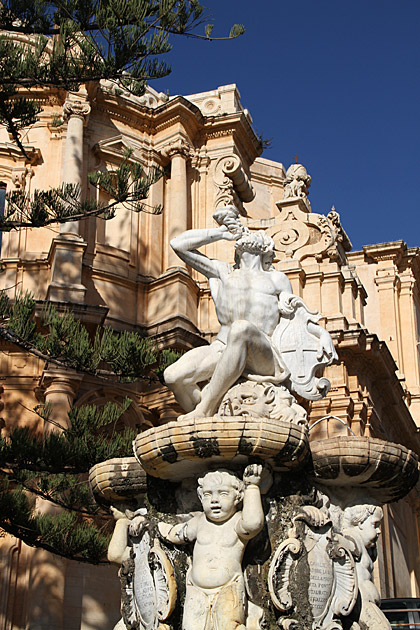
In 1693, Noto was flattened along with much of the island’s eastern coast, by a devastating earthquake. The most powerful seismic event in Italian history cost Sicily over 5% of its entire population, and Noto was among the hardest hit. The city fathers looked at the damage, Blue Screen of Death, and decided to go for a fresh re-install. A totally new operating system. The new Noto would be built from scratch, on an empty hill miles away from the rubble of old Noto.
When starting over from scratch, you have the giddy opportunity to do it up right. And Noto took full advantage of its fresh canvas. Famous architects and city planners were brought in, and every aspect of the new town was designed in an artistic coordination that strove for a sense of harmony. Everything from palaces to churches to civic buildings were constructed from the same materials, with the same colors. The roads were laid out intelligently, making the best use of the new town’s topography. And everything was decorated and finished in the extravagant style of the Baroque, then at the height of its popularity in Italy.
The re-install was a success. Centuries later, Noto still counts among the most beautiful cities in Italy. We walked through the Porto Reale, which serves as a grand entrance to the town center, at exactly noon on December 8th. Through dumb luck, we had chosen to visit on a holiday, the Immacolata, and all of Noto had turned out in their finest clothing on the steps of the Church of San Francesco to watch a Christmas wreath be placed around a statue.
For the next couple hours, we wandered through Noto. The cathedral with its wide steps leading up the hill. The Church of San Carlo where we gained the view from the bell tower. The Palazzo Villadorata with strange creatures like griffins, dolphins and lions supporting balconies. All the buildings the same dusty golden color which glowed beautifully under the sunlight. For lunch, we claimed the last table the popular Osteria Cármine, where half the town and their fifty-thousand kids had decided to eat, and enjoyed a raucous meal of pasta and cannoli.
In short, we had a perfect day in Noto, and we would have loved to stay the night. We didn’t get to see the ruins of Ancient Noto, which can still be visited. And it would have been nice to spend the evening hours for the sunset, to see how the town’s golden hue changes underneath the waning light. Sigh. But regardless of how much time you can spend there, the town of Noto, a tribute to the preservation of humanity and its artistic spirit, is worth a trip.
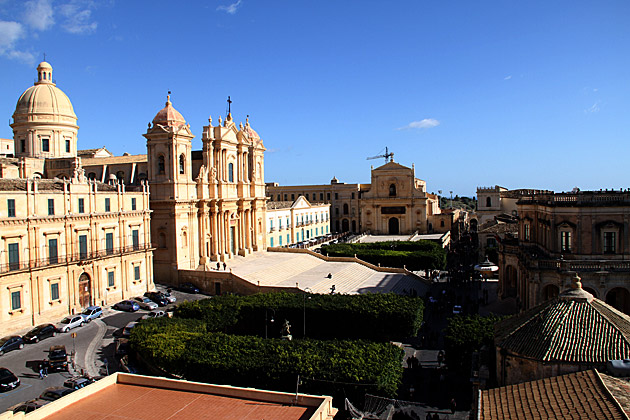
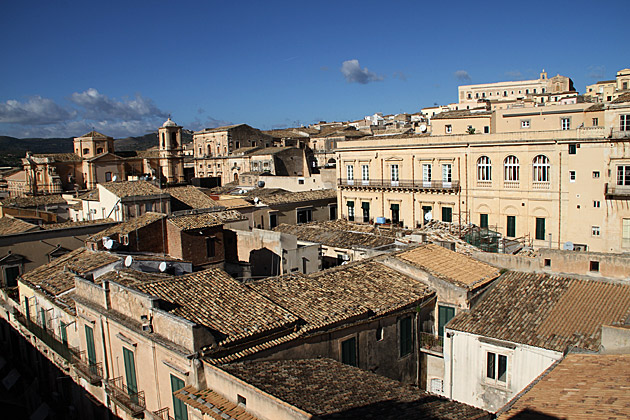


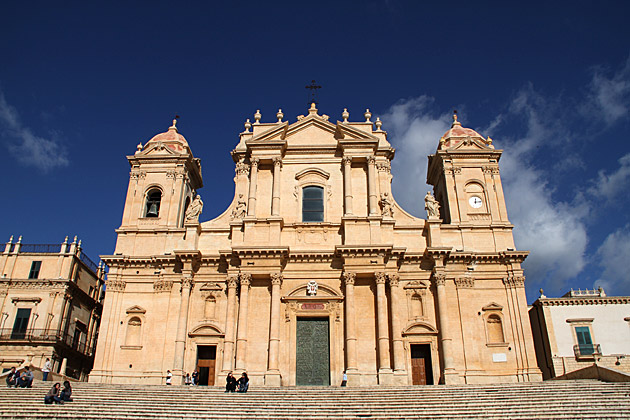
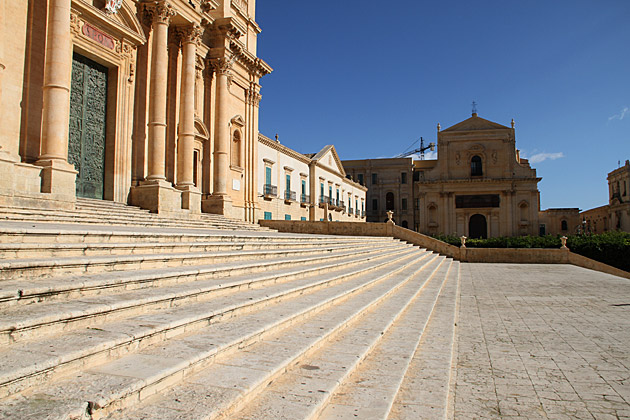

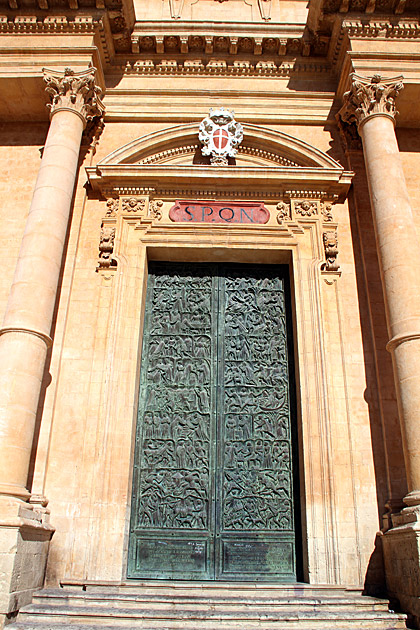
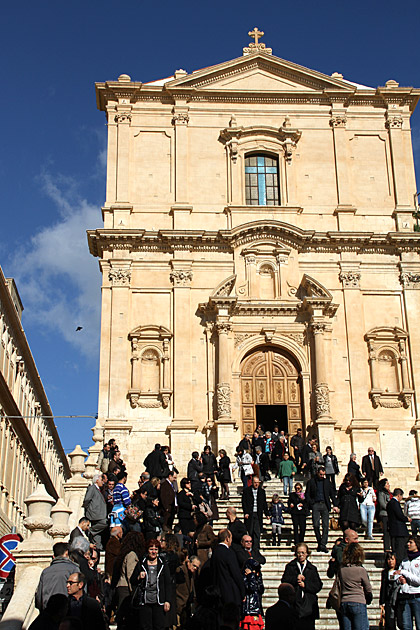
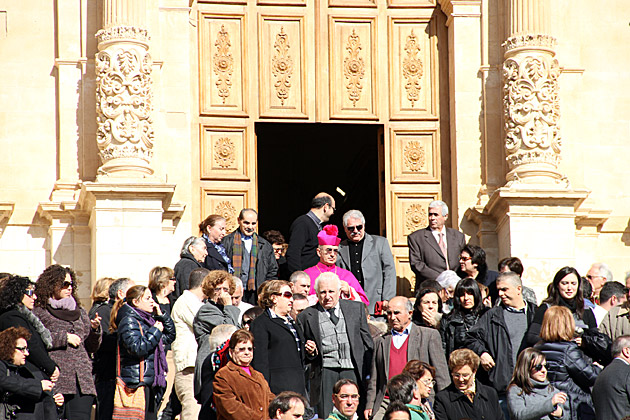
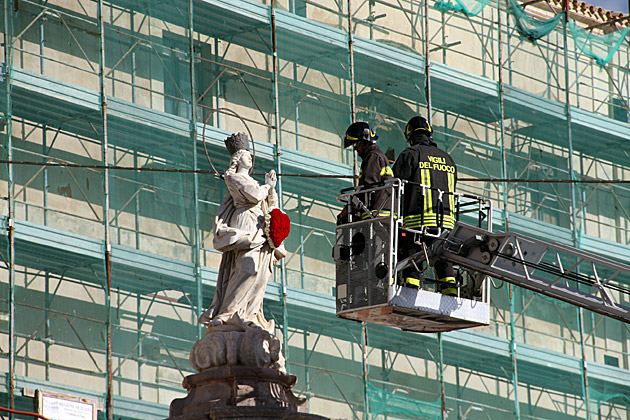

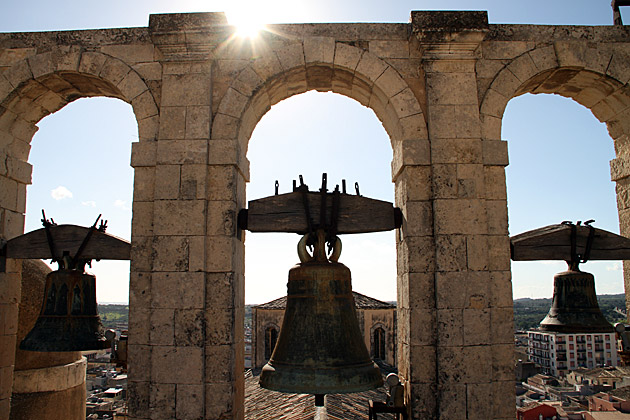
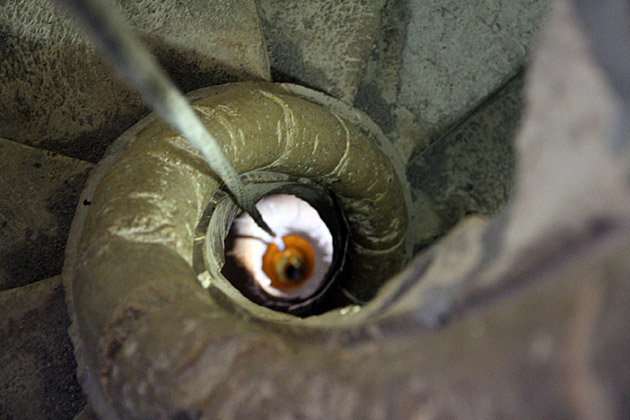
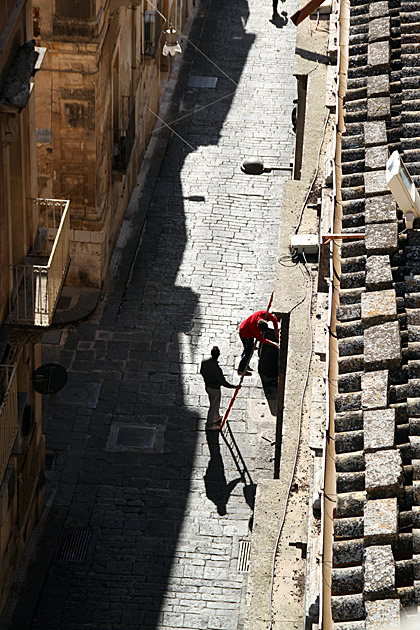

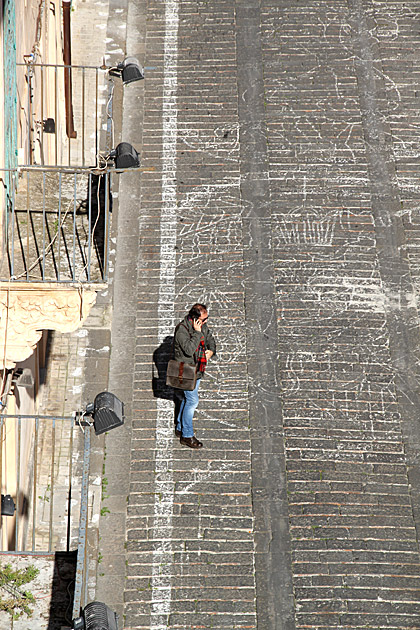
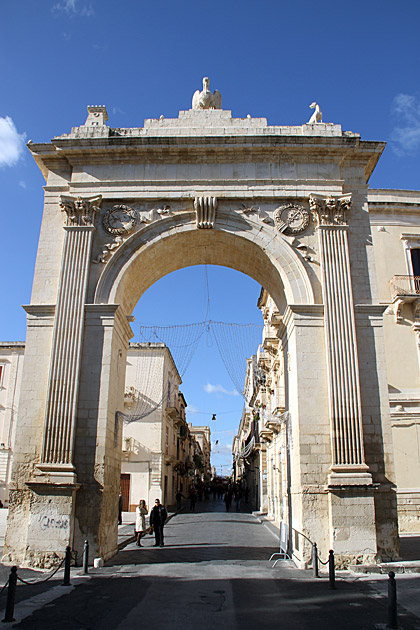



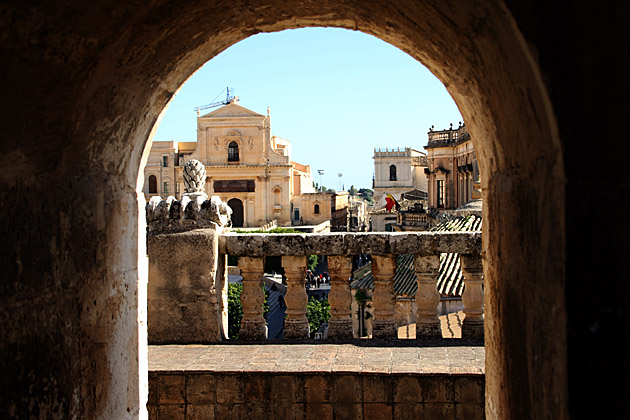
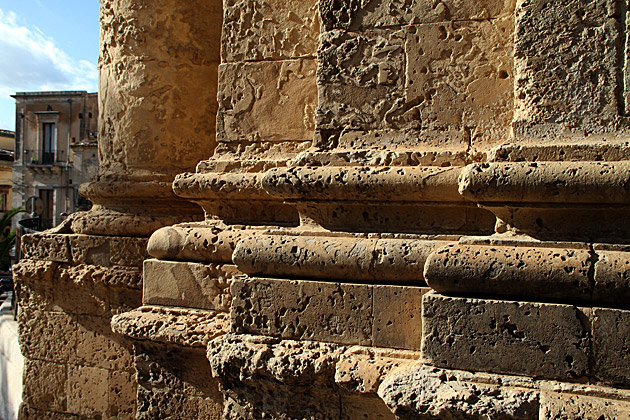
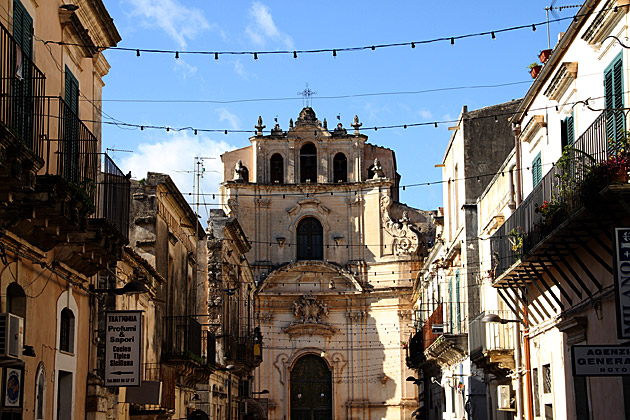
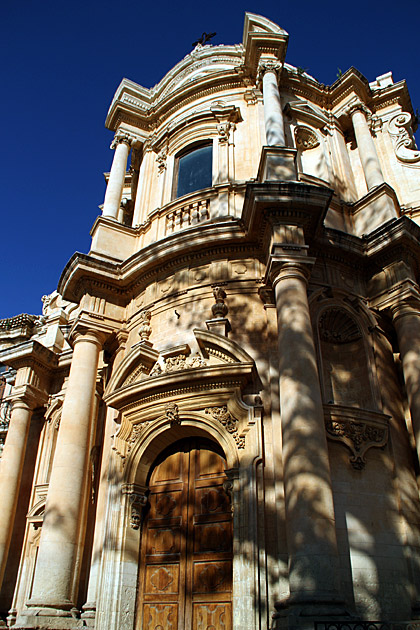

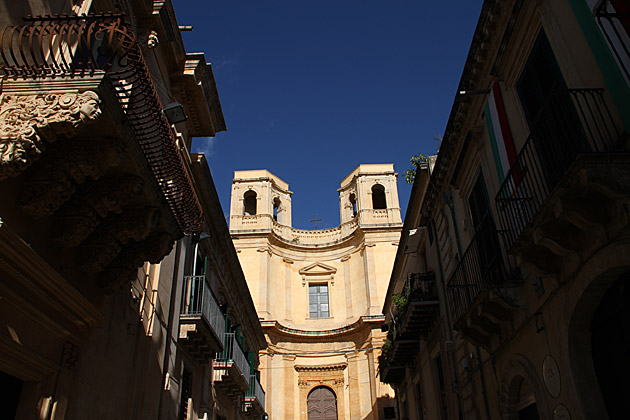
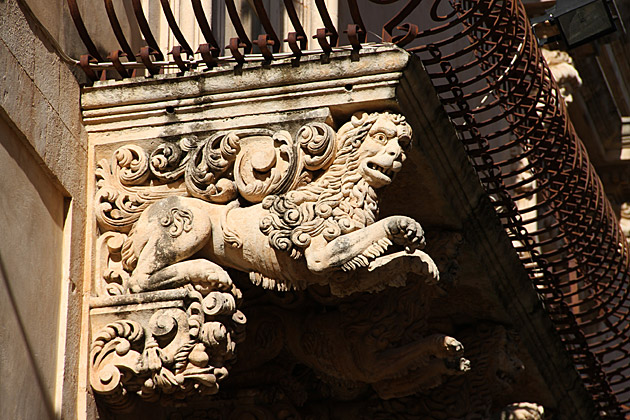
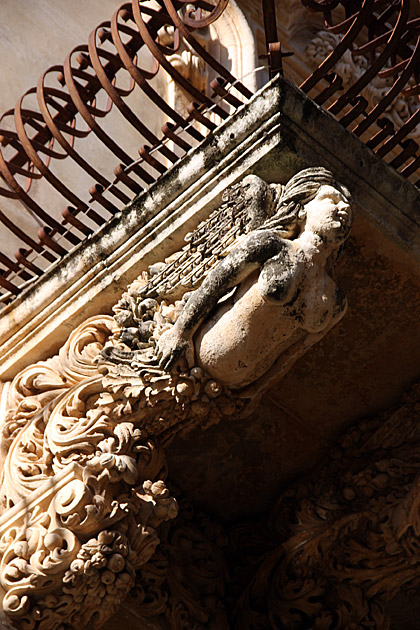
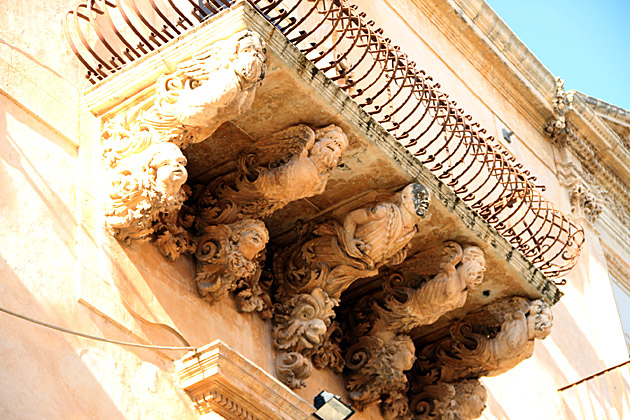
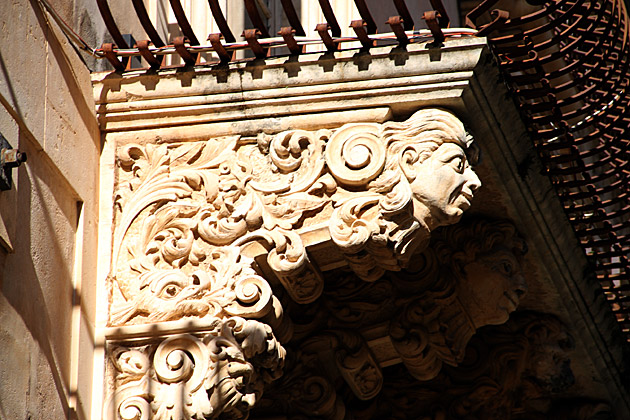

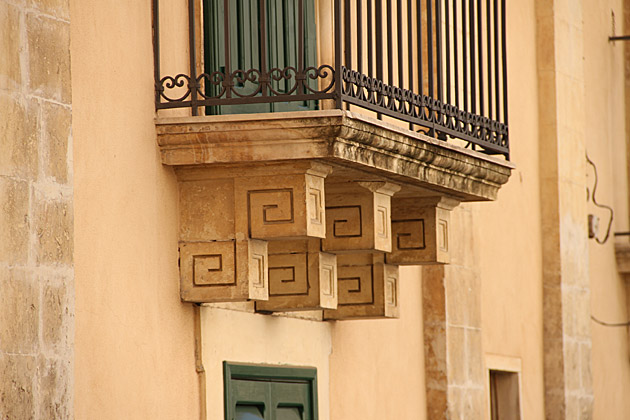

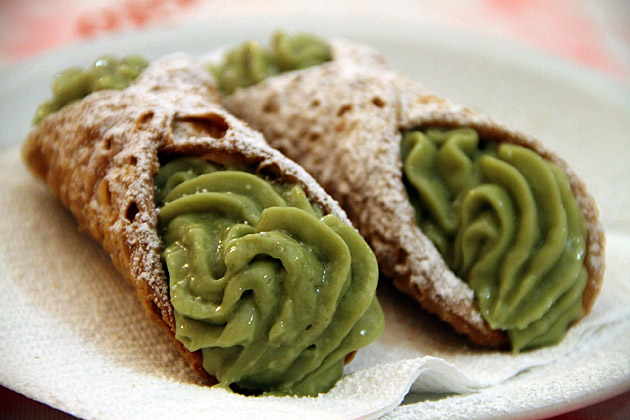
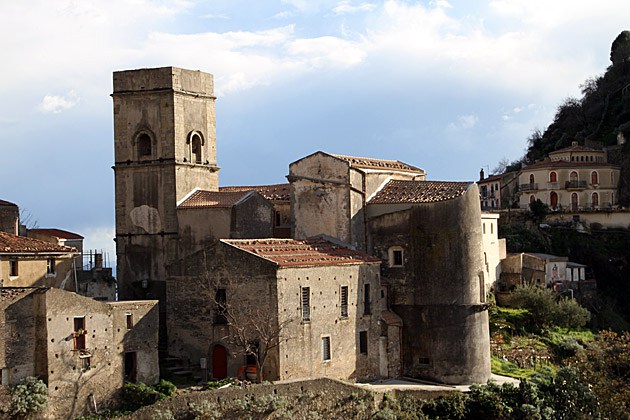
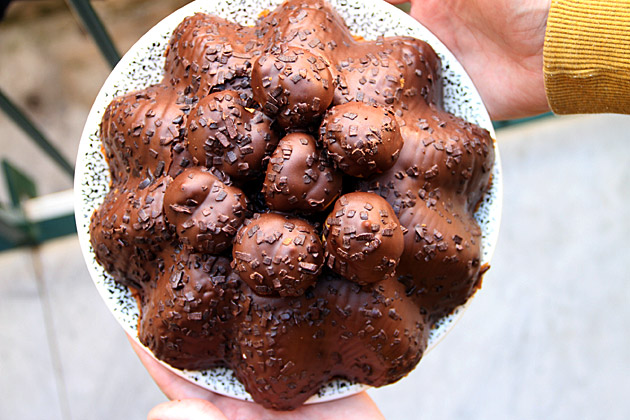


Can I admit to pausing substantially longer on the delicious looking ravioli and cannoli than on the buildings! Once again the colours amaze. What is the green in the Cannoli?
They were pistachio cannoli… and they were as delicious as they look!
I’m traveling vicariously via your wonderful photos!
Thank you for the comment and for reading!
Guys, you have to stop posting these amazing food photos… we can barely stop ourselves from hopping on a plane to Italy right NOW!! 😉
Well this is quite a great post indeed… Noto is an absolutely stunning place, but you missed the coast….. Marzamemi, Portopalo di Capopassero, Isola delle Correnti… come back and enjoy!!! You will have plenty of things to write about, I promise!
Pingback: The Archaeological Park of the Neapolis | For 91 Days in Palermo – Travel Blog
Pingback: Sanctuary of the Madonna of the Tears | For 91 Days in Palermo – Travel Blog
Pingback: The Hebrew Baths of Syracuse | For 91 Days in Palermo – Travel Blog
Pingback: Stairway to Caltagirone | For 91 Days in Palermo – Travel Blog
Pingback: A Trip to Syracuse | For 91 Days in Palermo – Travel Blog